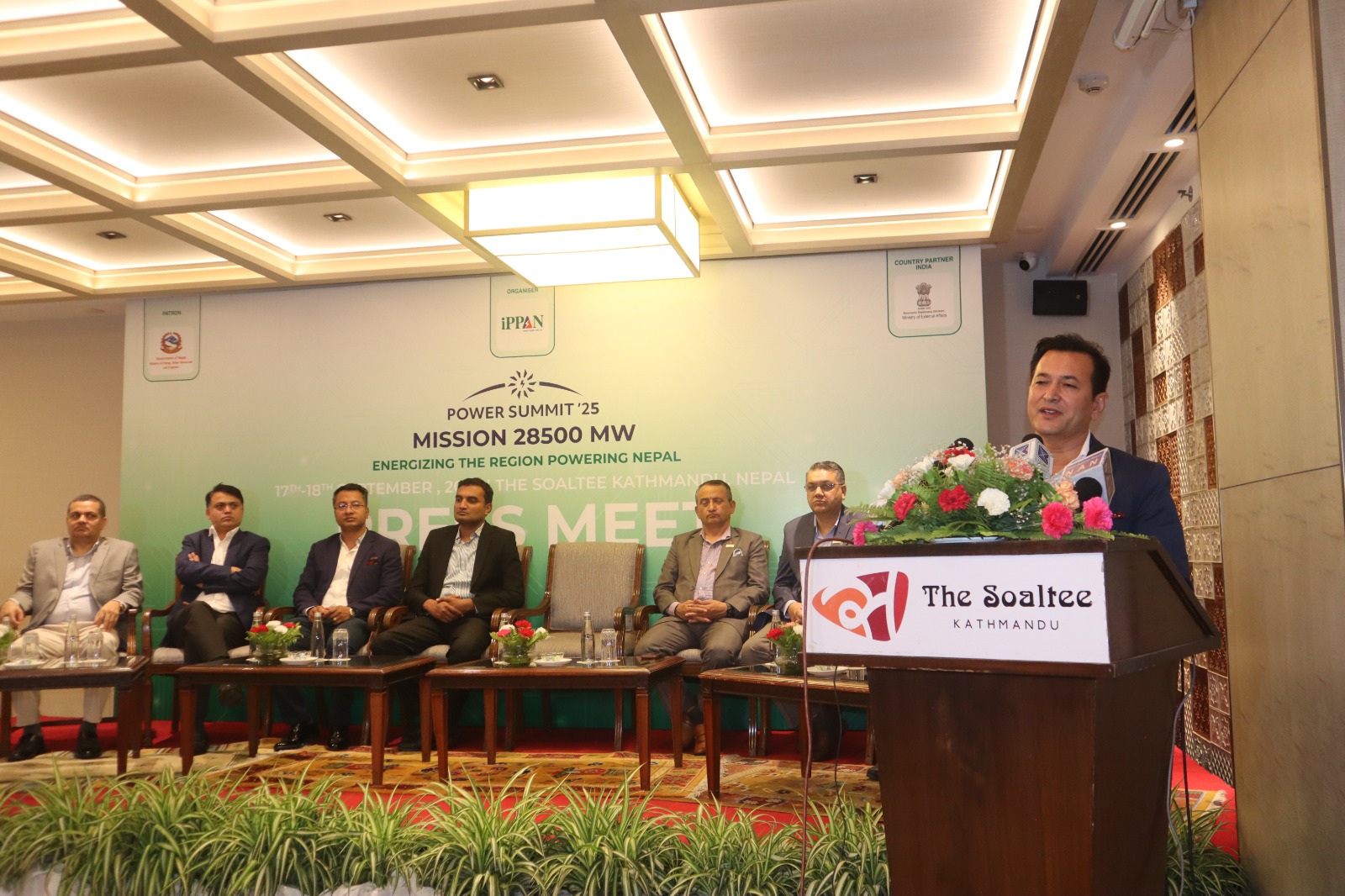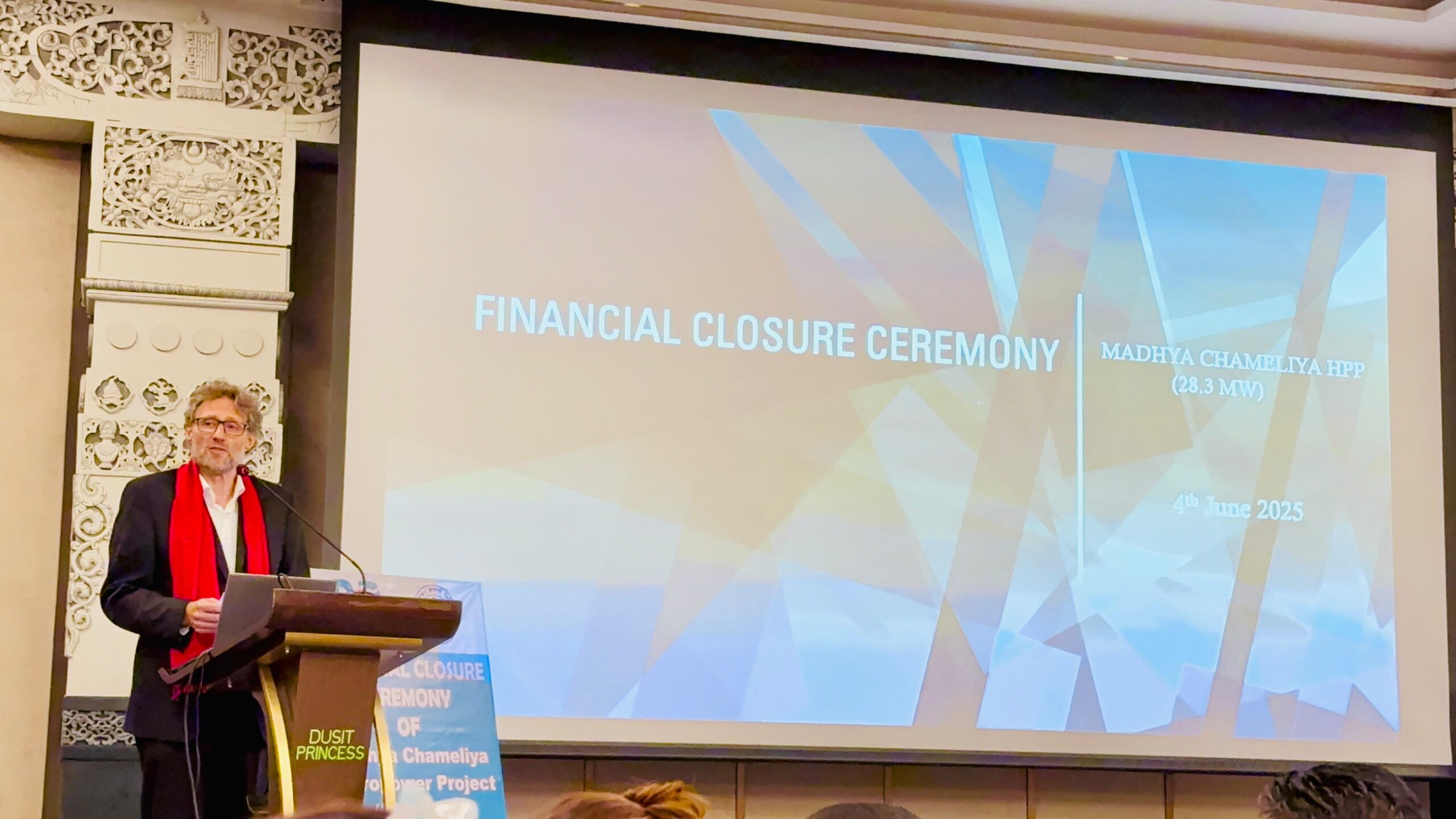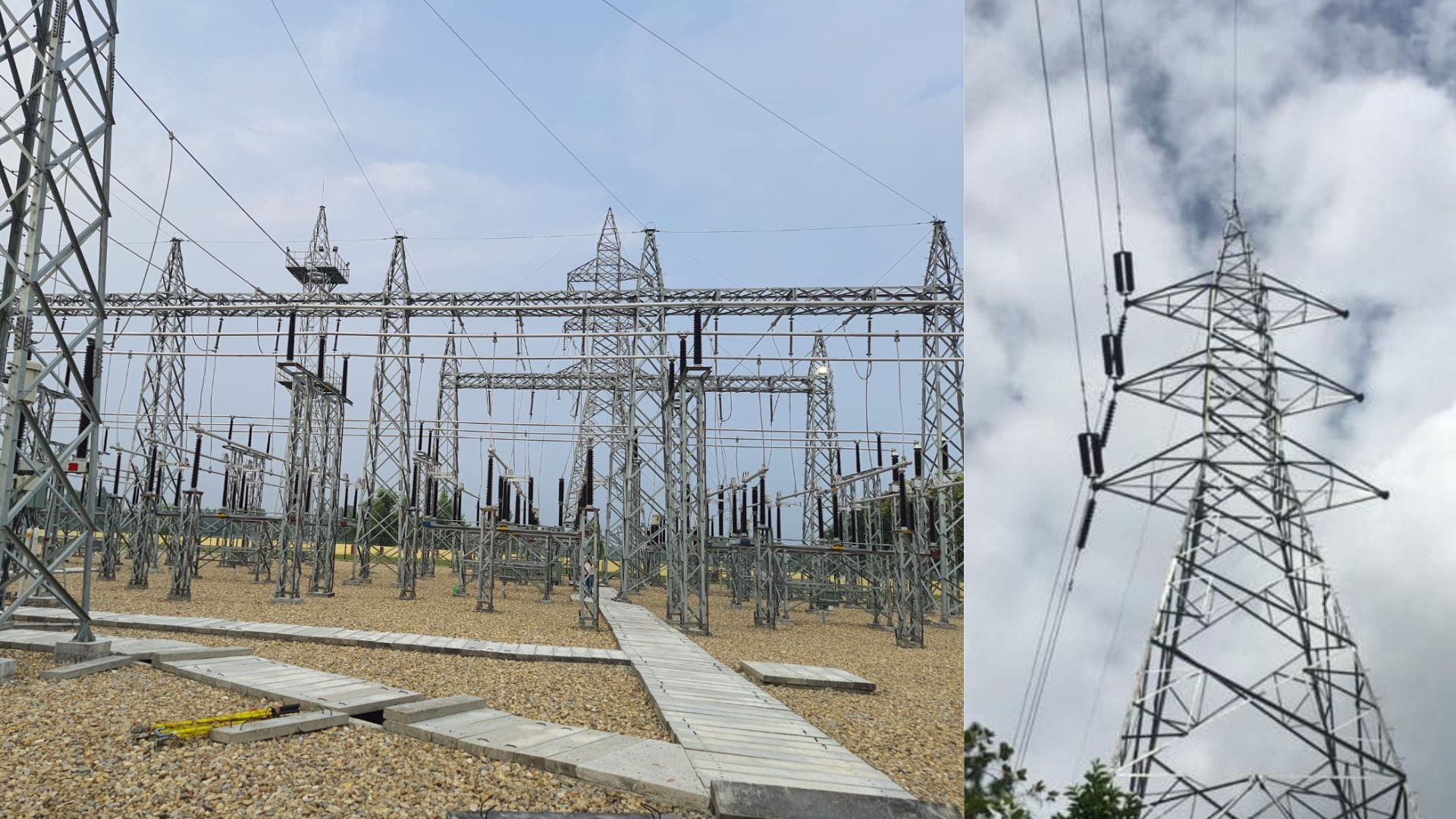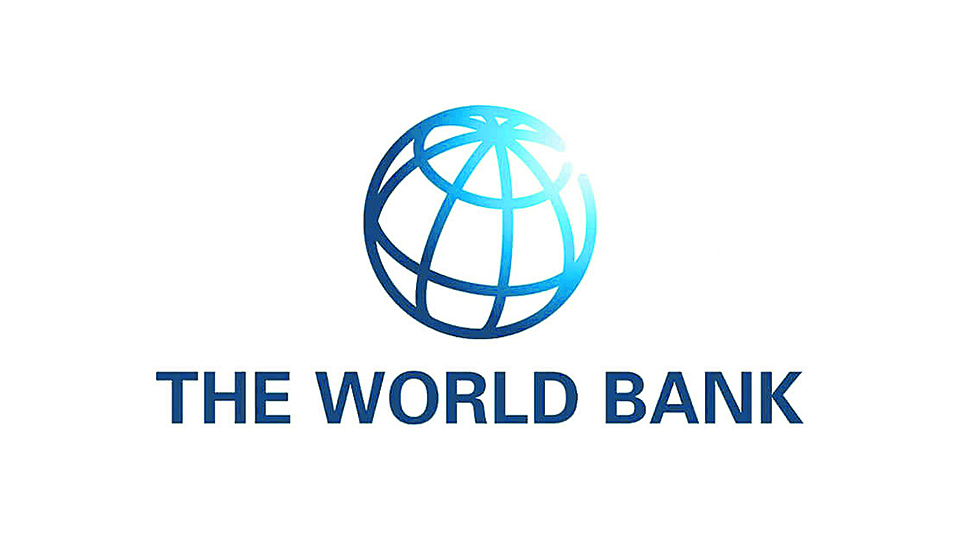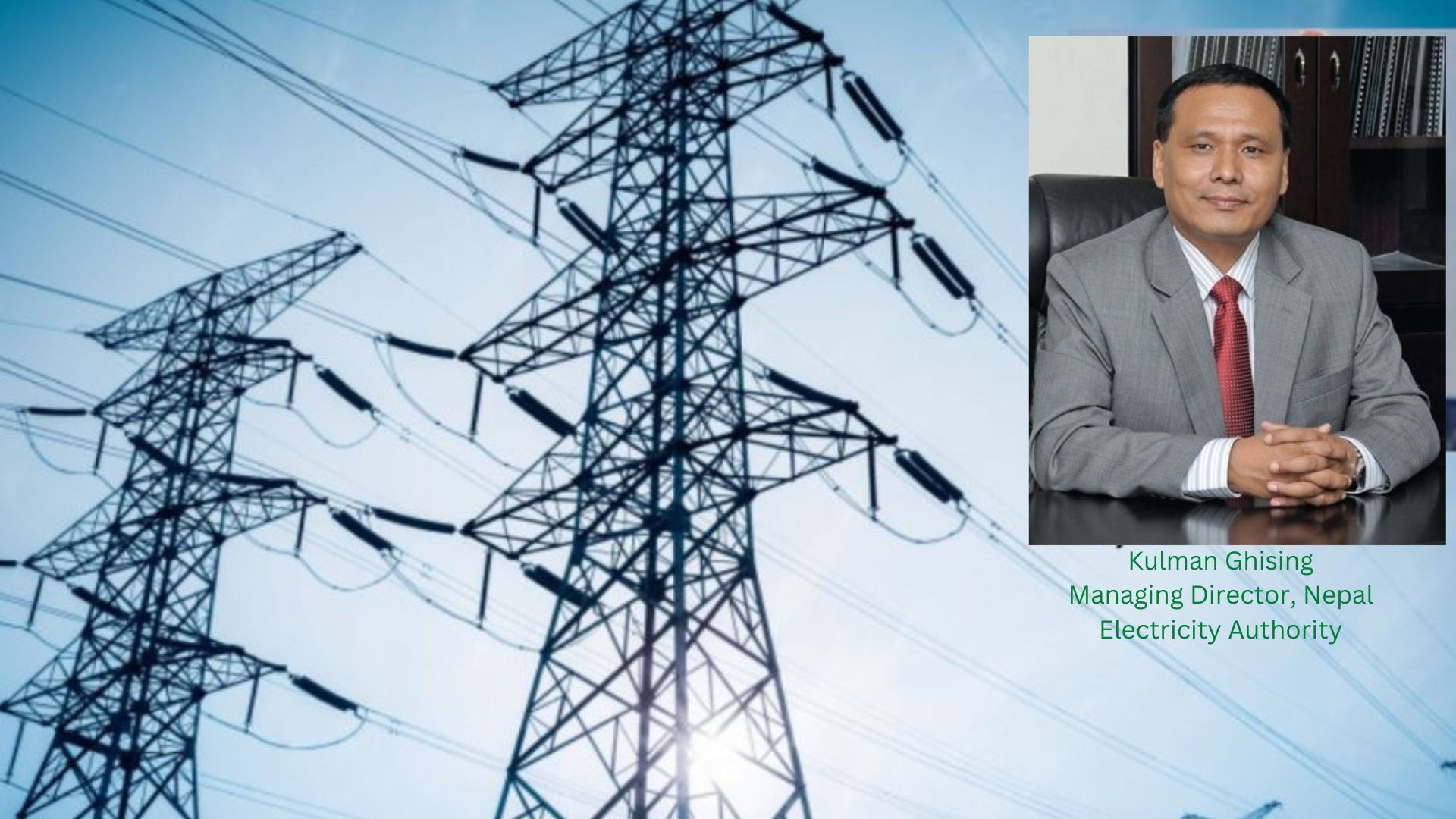
Nepal and India has a long history of Power sector cooperation. The first generation project built under grant support from Government of India was Trishuli Hydropower Project of 21 MW which was commissioned in 1967 and it was upgraded to 24 MW in 1995. Then after Gandak (15MW) and Devighat (15MW) Hydropower Projects were commissioned in 1979 and 1994 respectively.
Initially Cross border Lines were built to import and export power generated from the Power plants built at Irrigation canals under different water based agreements and treaties between Nepal and India. Under Koshi Agreement Kattaiya-Rajbiraj 33 kV Line was built to import 10 MW of Power from 20 MW power plant built at barrage site in India. Under Gandak agreement Ramnagar Gandak 132 kV Line and Sugauli Raxual 33 KV Lines were built to supply power to different parts of Nepal. Similarly, under Makakali treaty Tanakpur Mahendranagar 132 kV Transmission Line was built to import 70 million units of free power from Tanakpur Power plant of 120 MW.
Besides these lines, Kattaiya-Kushaha 1, Kattaiya Kushaha 2 and Raxaul parwanipur 132 kV Cross border transmission lines were built under Indian Grant support in different time horizons. There are altogether 4 cross border lines in operation at 33 KV voltage level with Bihar and UP.
Nepal and India signed a landmark Agreement on POWER TRADE, in 2014. It envisaged non-discriminatory access to the cross border interconnection for all authorized participants in the common electricity market.
Government of India has also supported Nepal for generation and transmission augmentation projects with Line of Credit support from Exim Bank of India. Rahughat Hydroelectric Project 40 MW. Koshi Corridor 220 kV, Solu corridor 132 kV and Lekhnath Modi 132 kV transmission lines are ongoing LOC projects.
Indo-Nepal power exchange was started since 1971 through power import from India up to 5 MW in the border town of Nepal. Since 1992, Power Exchange Committee (PEC) is functional and power exchange is successfully taking place between India and Nepal at different voltage levels.
PTC India was the first Indian Power Trading Company which started to export power to Nepal on commercial basis through Tanakpur- Mahendranagar 132KV transmission line since 2008.
Nepal and India signed a landmark Agreement on POWER TRADE, in 2014. It envisaged non-discriminatory access to the cross border interconnection for all authorized participants in the common electricity market.
The first 400 kV Cross border (Dhalkebar Mujaffarpur) Transmission Line was commissioned in 2016, which has connected Nepal Grid to Central Grid of India.
Nepal could be able to export 1.36 billion units of electricity amounting to about 11.16 Billion Nepali Rupees during the wet season months of the year 2022. These figures will be increased by multifold in the years to come. The projected export from Nepal will be 7 billion, 10 billion and 14 billion units with respectively in 2024, 2025 and 2026 amounting 35 billion, 50 billion and 70 billion Nepali rupees.
NTPC Vidyut Vyapar Company (NVVN), a Government of India undertaking started exporting power to Nepal since February, 2016 through this line. It was started with 80 MW at 132 kV initially and has reached the transaction up to 600 MW at 400 KV.
Nepal has been the first cross border country in South Asia to start transaction in the Day-Ahead market of IEX, India. We received clearances for the export of 452 MW power from 10 Hydropower Projects and many more projects are waiting for approval.
we have also requested India to participate in other Power Exchange markets such as Real Time Market (RTM), Term Ahead Market (TAM) and Green Day Ahead Market (GDAM). We hope permission will be granted soon. Nepal and India are expected to enter into bilateral short term and long term agreement soon for import and export of Power.
Nepal could be able to export 1.36 billion units of electricity amounting to about 11.16 Billion Nepali Rupees during the wet season months of the year 2022. These figures will be increased by multifold in the years to come. The projected export from Nepal will be 7 billion, 10 billion and 14 billion units with respectively in 2024, 2025 and 2026 amounting 35 billion, 50 billion and 70 billion Nepali rupees.
Nepal and India are moving forward to develop 11 High Voltage cross border Transmission Lines as per Nepal-India Transmission Master Plan. Butwal Gorakhpur 400 KV third Cross Border Line is being developed in Joint venture modality between NEA and Power Grid. Two more 400 kV cross border transmission links Inaruwa-Purnea and Lumki-Bareilley are expected to be taken up for implementation in the upcoming 10th JWG/JSC Meetings.
At present, there is cross border transmission capacity of about 2000 MW between Nepal and India. After completion of above transmission three lines the capacity will be more than 13000 MW.
In addition to cross border lines, both the countries have to focus on strengthening their internal transmission networks for enhancing cross border trade of electricity.
Indian Government entities and many Indian private companies are participating in Nepal’s development. Sutluj Jal Vidyut Nigam (SJVN Limited) has been developing Arun3 Hydropower which will provide 21.9% free energy and power to Nepal. In addition, 400 kV cross border transmission line from Dhalkebar to Sitamadi will be constructed to evacuate Power generated from Arun 3.
There are additional five projects of more than 3,000 MW capacity being developed by SJVN, GMR and NHPC in different river basins.
To realize the great vision of Indian Prime Minister Modi “One Sun One World One Grid fast development of renewables including Hydropower. Interconnection of high voltage Grid and seamless market integration among the south Asian countries will be the key driver. This cooperation is also important to accomplish their national commitments of net zero emission by 2045 in case of Nepal and 2070 in case of India.
Nepal and India have formed Joint Hydro Development Committee under the decision of 9th Joint Steering Committee. It will explore viable hydropower projects in Nepal that can be developed through collaboration between the two countries.
The two Prime Ministers of Nepal and India have issued India-Nepal Joint Vision Statement on Power Sector Cooperation on April 2, 2022 during the official visit of the Prime Minister of Nepal to India. This may be considered as the FUTURE ROADMAP or BLUE PRINT for our power cooperation sector cooperation.
The Vision Statement has prioritized the joint development of Hydropower and cross border transmission line. It has also emphasized on open access to electricity market of both the countries by market participants. Further, it has been agreed for the expansion of cooperation up to BBIN countries making renewable energy production a cornerstone of their energy partnership. After the Vision statement, the results have been started to realize in Generation, Cross Border Transmission and Trade of electricity.
This region’s economic development will also depend on how best we can manage our water resources Hydropower projects especially reservoir projects in the mountainous country like Nepal will not only give energy benefit to the participation cooperation, but also flood control, irrigation, navigation and tourism benefit & Reservoirs in Nepal will also act as a battery storage for this region. It will complement Grid solar plants being developed in a large scale.
Thus integration of all types of renewable energy projects through strong Grid network will create win-win proposition to both the countries.
To realize the great vision of Indian Prime Minister Modi “One Sun One World One Grid fast development of renewables including Hydropower. Interconnection of high voltage Grid and seamless market integration among the south Asian countries will be the key driver. This cooperation is also important to accomplish their national commitments of net zero emission by 2045 in case of Nepal and 2070 in case of India.
The further future avenues for cooperation between Nepal and India may be Green Hydrogen, Ammonia and fertilizer production by using solar and hydropower. Green Hydrogen is going to be the future fuels of the world and will replace fossil fuels in foreseeable future to provide energy sustainability in this region.
(Ghising is MD at Nepal Electricity Authority, this text is taken from his addressed in India-Nepal Development partnership conclave-23, January 2023)


